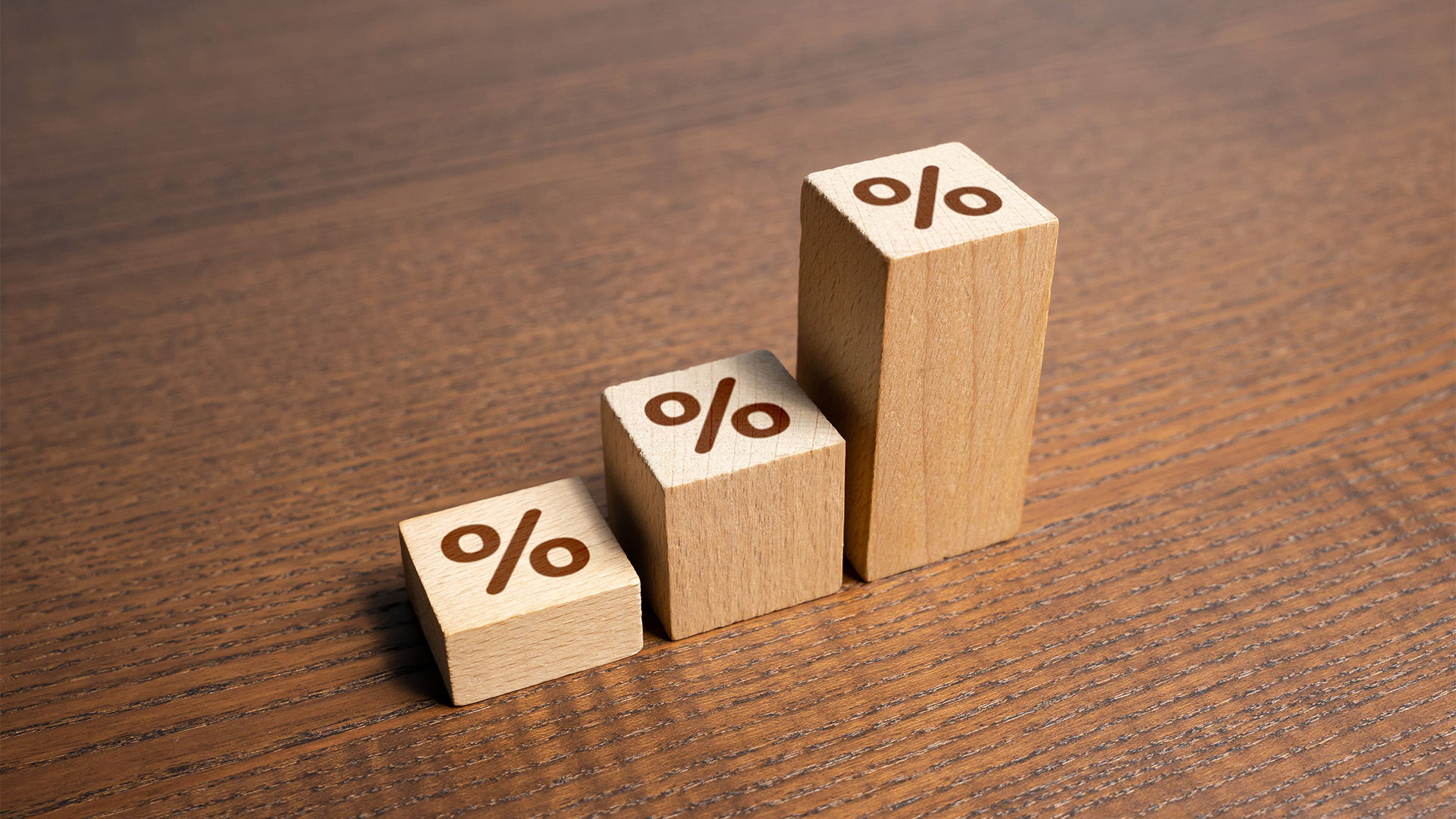So, what’s the fallout from the surprise 4% annual reading of monthly inflation from the Australian Bureau of Statistics? There was the usual ‘rate rise looms’ knee-jerk reaction from some quarters, but most analysts and economists cautioned that while the news is not good, it shouldn’t generate a premature reaction.
The inflation data hit consumer stocks on the ASX the hardest, with Collins Foods losing 8% a day after the shares jumped strongly on the back of a good full-year result. Harvey Norman shares lost 8.8%, competitor JB Hi-Fi fell 2.6%, and Wesfarmers shares lost 2.2%.
However, shares in Woolworths and Coles hardly moved.
All commentary pointed to the next big data test: the full CPI to be released in late July, just before the central bank meets the next week on August 5 and 6.
The news has sparked forecasts for rate cuts to be delayed. For example, the National Australia Bank now sees the first rate cut in 2025, in 10 months' time next May. That’s a six-month delay from the previous forecast for a rate cut in November. May 2025, though, will be too close to the next federal election, so that is out.
AMP’s chief economist, Shane Oliver, sees the chances of a rate rise now at 45% and has pushed out his previous forecast of a cut late this year to next February—well before the poll and more feasible timing.
"The upside surprise in the monthly inflation data in the past three months is a warning for the bumpy path of the disinflation process, especially as services inflation seems to be picking up. As a result of the May inflation data, the risk of another hike in August is now around 45%, with June quarter inflation data due in a month being key," Oliver wrote yesterday.
Economists at Moody’s Analytics reckon an August rate rise can’t be ruled out in the wake of the May monthly CPI report.
"Aussie inflation continued to run in the wrong direction through May. Prices jumped 4% year-on-year, marking inflation’s third consecutive rise and the biggest jump in prices since November. Underlying inflation provided some slightly better news, ticking down to 4% from 4.1% in April. Even then, it remains above the lows seen earlier in the year.
"With inflation moving higher, Australia’s run-up to July 1 isn’t going to plan. We’re on the cusp of a host of new cost-of-living relief and tax cuts coming into force next month. The scale and breadth of those policies risk injecting a bunch of new spending into the economy as the Reserve Bank of Australia desperately tries to tighten households' purse strings.
"Treasury is hoping the savings will be squirrelled away rather than spent. But with households under pressure, the vast majority of those savings will likely leave bank accounts just as quickly as they hit them.
"We’re still of the view that it’s more time, not more hikes, that’s needed to quash inflation. But we’re getting a little less steadfast in that conviction. An August hike now can’t be ruled out,” Moody’s Analytics wrote in a note Wednesday afternoon.














